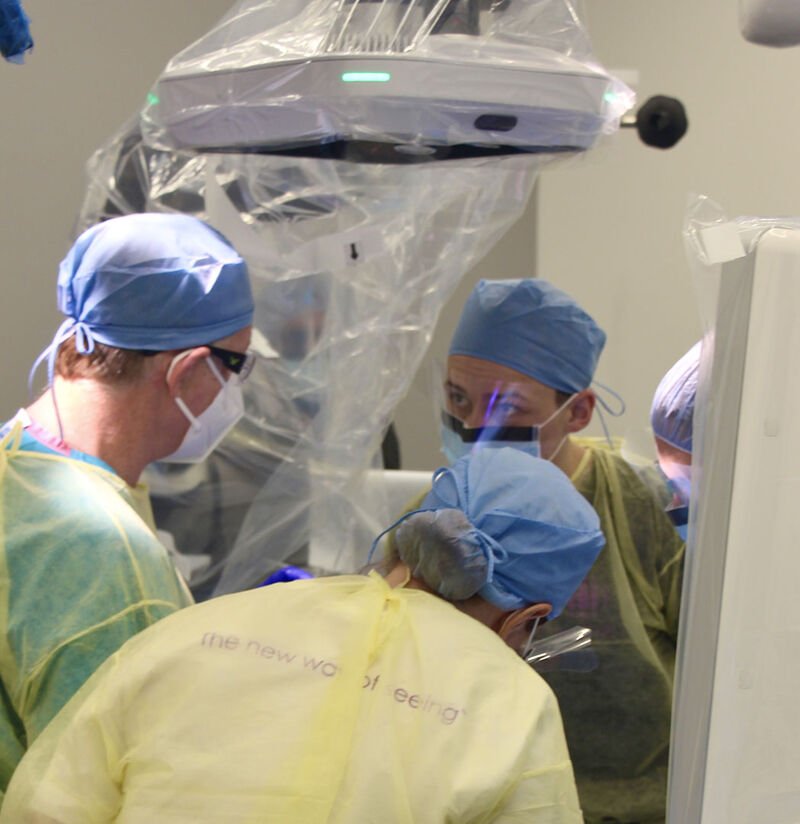
Proprio Vision
Paradigm™: 3D Surgical Navigation for the future of spinal surgery
Role
Sr. UX Design Consultant
Time Frame
Mar 2022 - Nov 2022
Responsibilities
-
User interviews
Stakeholder workshops
Usability & A/B testing
User personas & matrix
-
High fidelity mockups
Prototyping
E2E journey mapping
-
Product feedback database development
Development planning strategy
Feature prioritization
In 2022, I had the pleasure of consulting with Proprio Vision as they worked towards FDA submission/approval on their Paradigm product while simultaneously ideating on post-approval features to set them apart in the Surgical Navigation space.
Along with collaborating with UX and Marketing teams on the needs for the future, Proprio tasked me with more near term needs in research, persona, and journey documentation.
-

Journey Mapping
Combining the detailed process of primary user flows with documented pain points, the documents provided opportunity for periodic “micro-solution” brainstorming to smooth out known friction areas
-

User Interviews
Both in-house and external SME’s were regularly engaged to help inform future feature ideation and potential gaps in current use case documents
-

Usability Testing
Mixing both quantitative and qualitative feedback gathering proved rather effective at various stages in our feature prototyping
-

Persona Development
Extensive interviews and interactions with surgeons revealed the need for a more robust categorization/structure of persona documentation than what existed prior to my contract
Though enjoying my exposure to all kinds of fresh knowledge in Med Tech, it was especially fascinating running workshops with surgeons of varied practices & levels of experience. Gathering & synthesizing information, quickly funneling relevant feedback to engineering teams, and eventually developing a Product Feedback Database in partnership with the Product team.


